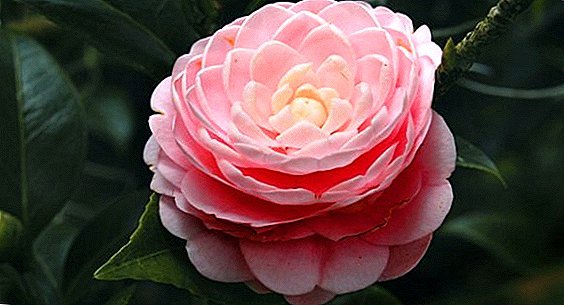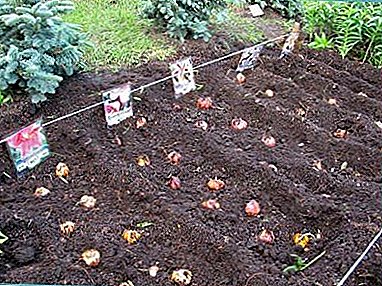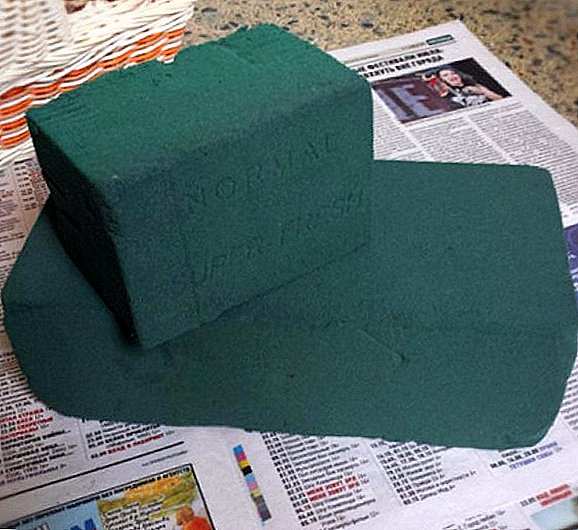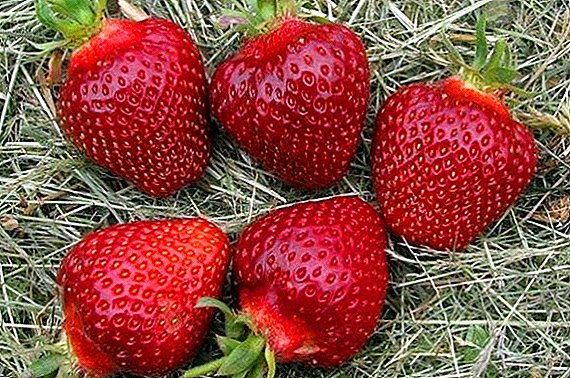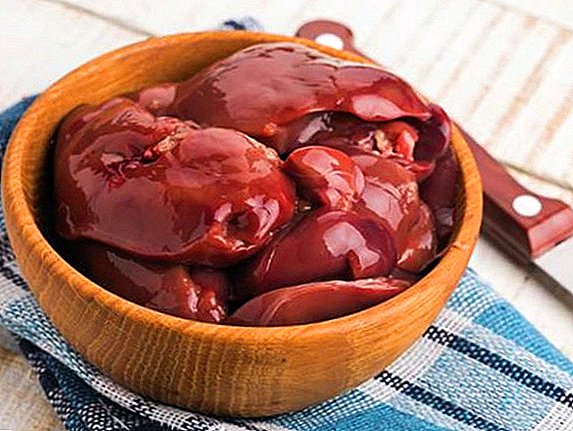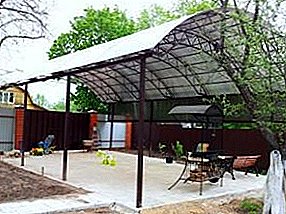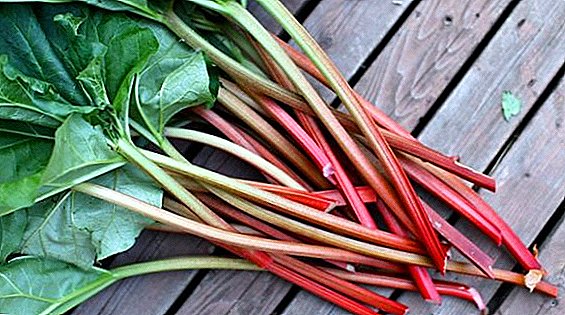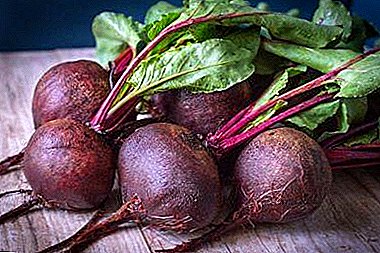
Burak, or beetroot is one of the most common vegetable crops, known in the territory of former Kievan Rus since 10-11 centuries. There have been modern varieties of this tasty and healthy vegetable from wild beet, which has grown for centuries in the territories of the Far East and India.
It contains a large percentage of antioxidants, iron, B vitamins and potassium. Sown areas of beet occupy in Russia about 10% of the total area of all sown areas of outdoor crops.
Features of the Russian climate
Central Russia is quite extensive. It includes the Central region and the land to the north of it, the Black Soil Region, the Volga region. In this area there is a temperate continental climate: the summers are warm and the winters are snowy and frosty. The relief is dominated by flat. The lands are quite fertile thanks to several deep rivers. These conditions have the cultivation of a variety of crops, including beets, which belongs to the species Amaranth.
The shoot of this plant is not as extended as that of other root crops, and growing depends little on watering and weather conditions. The risk of planting beets is primarily associated with the massive destruction of plants by parasites, which must be considered when choosing a variety. Beets can grow on almost any soil., but the optimum will be humus clay with a good structure. About what beet varieties are most suitable for cultivation in the open field, read here.
How to choose the type of beetroot?
Early middle or ultra early varieties are best suited for the middle band. However, with regard to the second option, it should be borne in mind that their storage time when storing is small. Summer in the middle lane is usually short and rather cool, so late varieties mature poorly.
Like some winter crops, beets can be planted not only in summer but also in autumn. In this case, the maturity of the crop in the next season is reduced, despite the short growing season and a small number of warm days, by about two weeks.
What are suitable for growing in this climate?
Varieties of beets are divided into sugar, fodder and table, and by maturity at the early, middle and late. From this first need to proceed when choosing varieties for planting.
Fodder varieties are more interesting for farmers who keep cattle, but most of them need dining facilities. They most often attract summer residents. Sugar beets are valuable for those who want to make sugar at home.
 Selection of table beet varieties for landing in the middle lane is quite large. From the early varieties can be distinguished
Selection of table beet varieties for landing in the middle lane is quite large. From the early varieties can be distinguished- "Egyptian flat";
- "Red ball";
- "Red ball improved."
They ripen about 90-105 days, have an average mass of 300 to 500 grams, have juicy tender pulp. They are also suitable for podzimnyh crops.
- Mid-season varietiesworth paying attention to:
- "Cylinder";
- Bordeaux 237;
- "Detroit";
- "Borshchevaya".
They all ripen to 120 days, sweet. By mass vary significantly. If, for example, the fruit of a “cylinder” sort can reach a weight of 700 grams, then “Detroit” has an average weight of 150–200 grams. As a rule, they have good keeping quality, are cold-resistant and resistant to tsvetushnosti.
- Finally recommended late beet varieties for the middle band - This is “Renova” and “Ataman”. Rip 110-130 days, the fruits are dark red weighing up to 350 grams. The flesh is dark red, juicy, without ringing.
- Fodder beet varieties - These are technical plants that are necessary for feeding animals. Their tubers are rich in vitamins necessary for sheep, goats and cows.
They can be planted in April, and it's very easy to care for them. The main thing is to water it in time. Here for the middle band stands out the grade "Lada".
Low-flowered, fruits of white or pinkish-white color. The shape is oval-cylindrical with a pointed base. Other popular varieties:
- "titanium";
- "Firstborn";
- "Marshal";
- "Northern orange".
- Sugar beet varietiesAs a rule, they are grown by large agricultural enterprises for the needs of the sugar industry. Fruits contain up to 20% sugar (the sweetest varieties can be found here). It is grown on black soil, and the best varieties are hybrids, bred in Germany, for example:
- "Alabama";
- "Emilia";
- "Modus".
From domestic can be identified such as:
- "Bohemia";
- "Bona";
- "Stall".
The best of them
 When choosing the best varieties for this climate, Russia should give preference to non-color-prone and lying beet varieties of red and other colors. In some areas where there are no reservoirs and rivers nearby, it is necessary to give preference to drought-resistant varieties, because it is necessary to use the borehole method. Cold-resistant varieties, obviously, are selected with a small number of warm days, predicted in the aging period.
When choosing the best varieties for this climate, Russia should give preference to non-color-prone and lying beet varieties of red and other colors. In some areas where there are no reservoirs and rivers nearby, it is necessary to give preference to drought-resistant varieties, because it is necessary to use the borehole method. Cold-resistant varieties, obviously, are selected with a small number of warm days, predicted in the aging period.
Particular attention should be paid to planting podzimnyh varieties of beets: they additionally require mulching of beds with compost or peat, which must be considered before planting.
Of the table varieties, experts in this field advise the “improved red ball”, since the ripening period is shorter than that of analogs, and the other important qualities (keeping quality, frost resistance, etc.) are not inferior to them. Among the feed emit "Marshal" and "titanium", as unpretentious and most enriched with vitamins fruits. “Alabama”, “modus”, “lukas”, “emilia” and “dante” are the best, according to some breeders, sugar beet varieties.
Beetroot is a vegetable that is widely used in various sectors of the economy.. Moreover, as a rule, it is easy to care for this culture. The fruits of red beet have excellent taste, and fodder is very useful for animals. However, the characteristics of different varieties are very different and, in order not to lose sight of the rules of sowing, maintenance and storage, you must first carefully approach the selection process.


 Selection of table beet varieties for landing in the middle lane is quite large. From the early varieties can be distinguished
Selection of table beet varieties for landing in the middle lane is quite large. From the early varieties can be distinguished